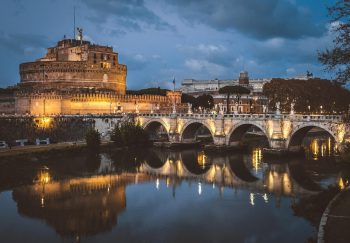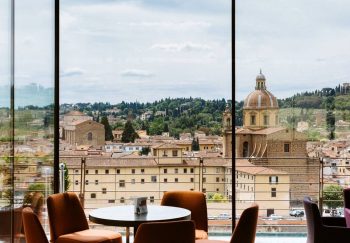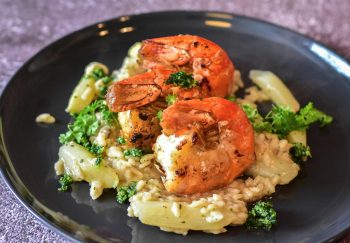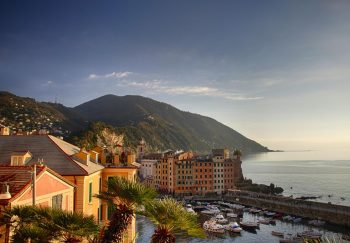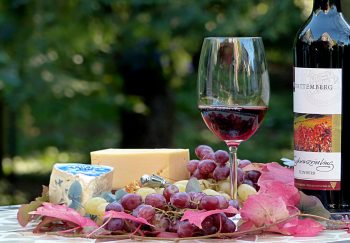Pasta with wild boar is a speciality in Italy in autumn
Italian food is not only regional but also very seasonal. Recipes can change according to what produce is available (and what is appropriate for the weather). Fall is one of our favourite food seasons in Italy. These are just four reasons to be thankful for fall in Italy.
Risotto with funghi porcini (Emilia-Romagna and Piedmont, Alto Adige and the Veneto).
Porcini mushrooms, also known as “Boletus”, are a dream for foodies
It’s the season for porcini mushrooms. After winter’s extreme cold sets in, they won’t be seen again until May. And that’s only briefly. These little mushrooms grow in central and northern Italy’s hills when it is rainy and crisp. These little mushrooms are delicious, even if you don’t like them.
In the region of Umbria, Tuscany and Tuscany you can also find porcini mushrooms as a conorno or sprinkled on tops of pastas. We love the variety of porcini mushrooms with risotto. This is a northern specialty.
Pasta al tartufo (Umbria, Tuscany, Piedmont, Emilia-Romagna, Lazio, Abruzzo and Molise)
. But even if you are unable to make it to a sagra you can still find tartufi at restaurants all year. Truffles, the jewels of the forest, are a gourmand’s delight. Although they are mushrooms, truffles are unlike any other. They can also be very expensive. The going rate for white truffles has risen to 3,000 Euros per kilogram. You can usually find pasta with truffle shavings between 15 and 30 Euros depending on which type of truffle you are looking for. White truffles are most expensive and last until December. Black truffles, which can be hunted all winter, are more affordable.
A pasta al tartufo can be more expensive than a carbonara. But, we believe that truffles are well worth the effort. It’s worth it.
Cinghiale alla cacciatora (across Italy)
Wild boar salumi, a delicious alternative to cinghiale alla cacciatora
November marks the beginning of hunting season for cinghiale (wild boars). This means that you have plenty of opportunities to enjoy this game, which is a favorite in the country’s small towns and villages. Wild boar can be tasted in salumi (especially in Tuscany, Umbria), and served over pappardelle. But we prefer it as a simple, delicious secondo, slow-cooked with onions, carrots and other spices.
Castagnaccio (Tuscany, Umbria).
You can still find chestnuts all year round, or at least they are being sold by street vendors in Rome. However, they are best avoided until the autumn and winter seasons are over. There are many chestnut-based dishes in Italy. Some of them are quite innovative, such as a minestrone with chestnuts from Abruzzo or .
Castagnaccio is a dense, chestnut-flour-based cake that we love. It is most commonly associated with Umbria and Tuscany, but it can also be found in Lazio and Liguria as well as Piedmont and Emilia-Romagna.
You may also like:

